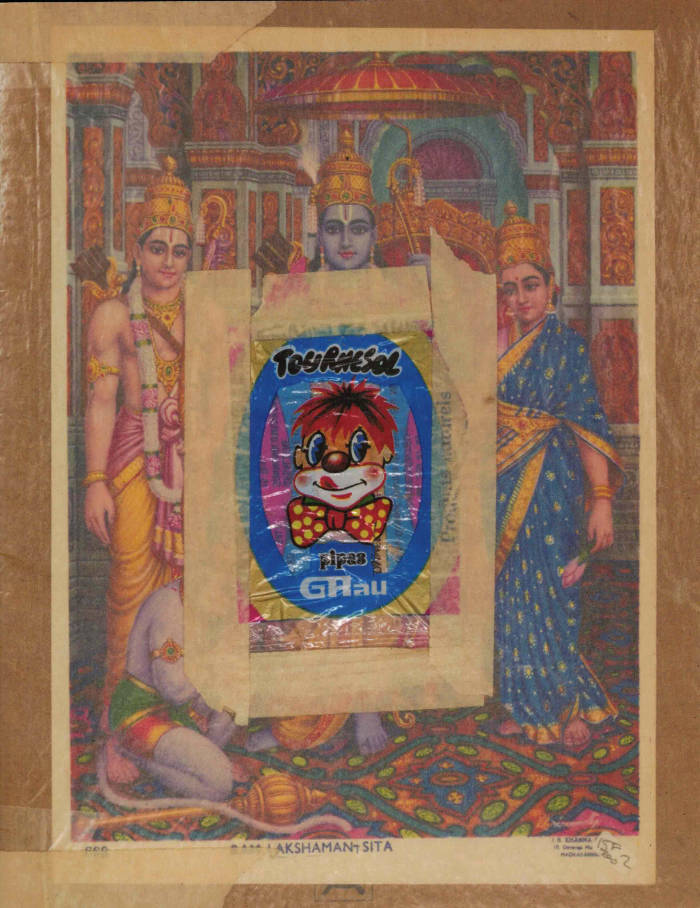
Archive Dora Diamant #4
A collection of photographs from the archives of the icon of underground and alternative Parisian nights Dora Diamant.
A self-taught photographer, Dora Diamant has left thousands of photos. The Dora Diamant Association, custodian of this archive, and Éditions L'Amazone have joined forces to bring them to life by devoting a series of publications to them. Each volume of the Dora Diamant Archive was created by a different person and is the result of a subjective selection and arrangement specific to its author.
Photos: Dora Diamant
Sélection: Sonia DeVille
Dessin: Marilou Chabert
Edité par Archive Dora Diamant, Paris & Editions l'Amazone, Bruxelles, 2022
1ère édition - 300 exemplaires
Format 18 x 26 cm - 30 pages
Papier Magno Gloss 150g - couverture 300g







